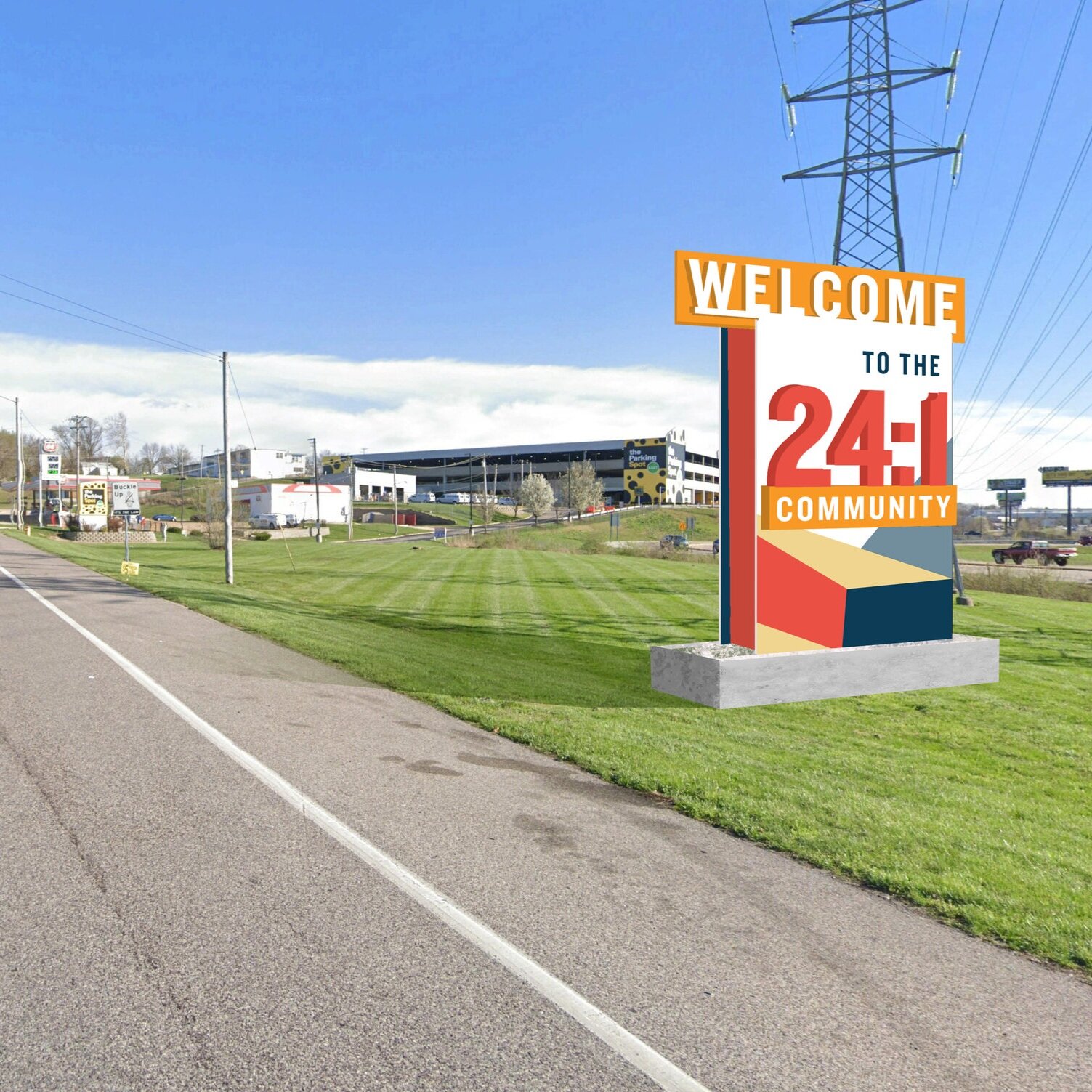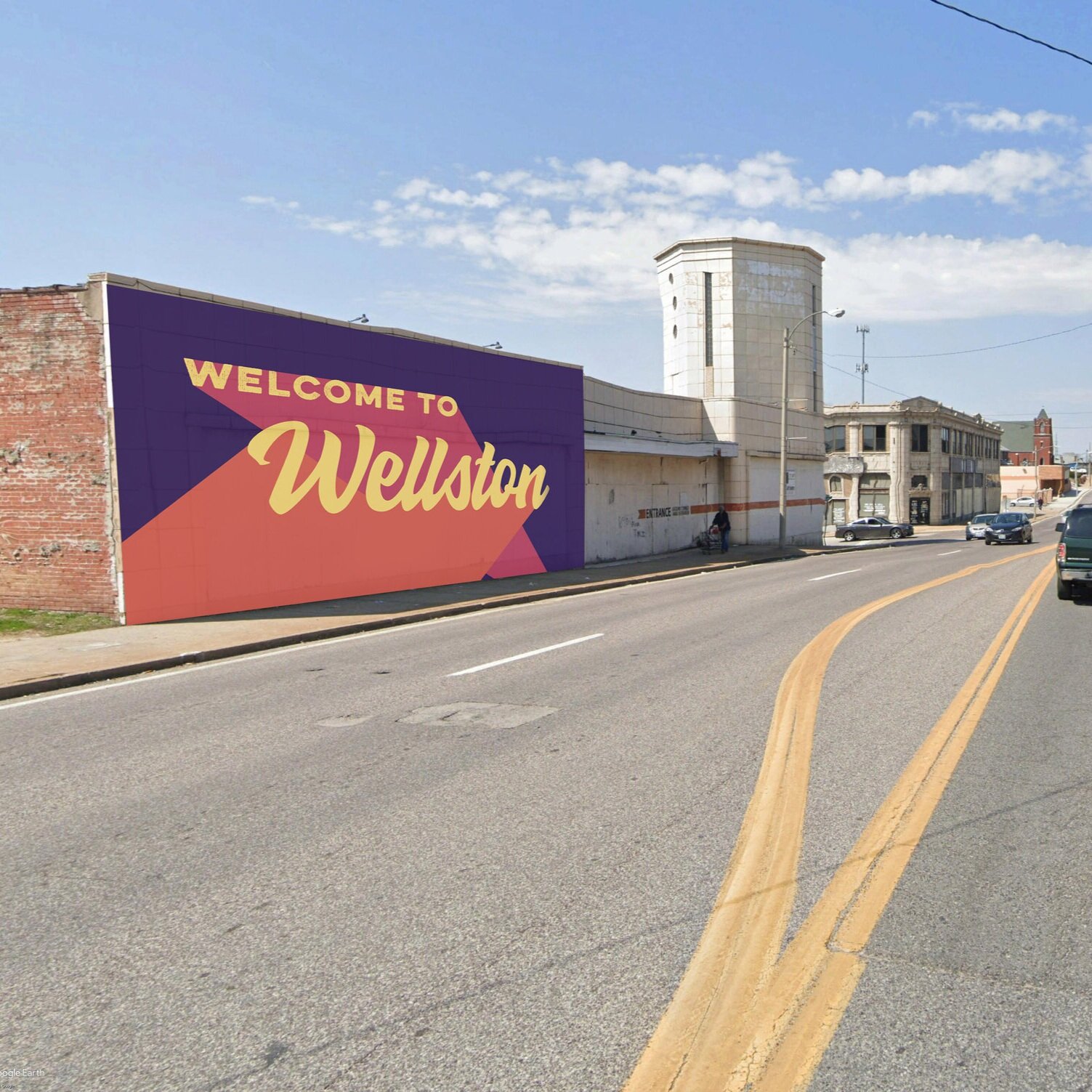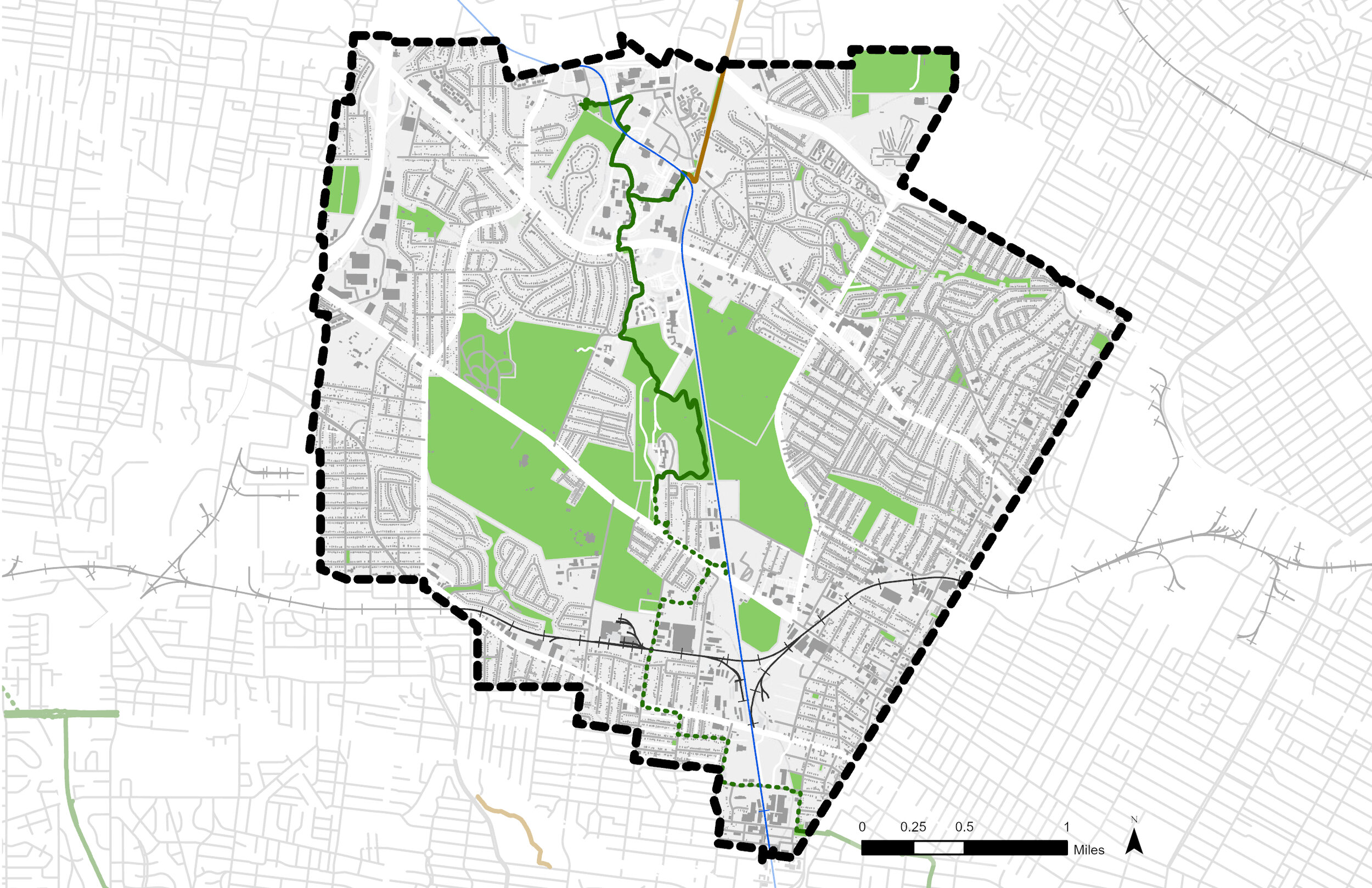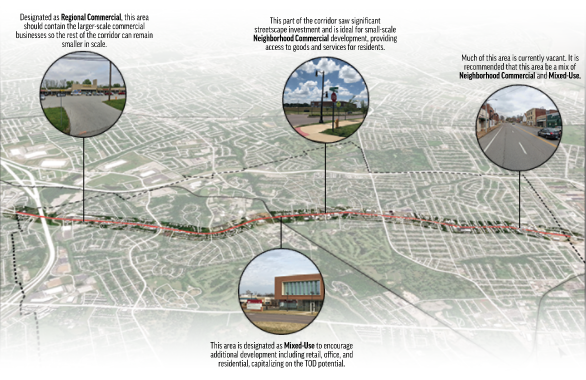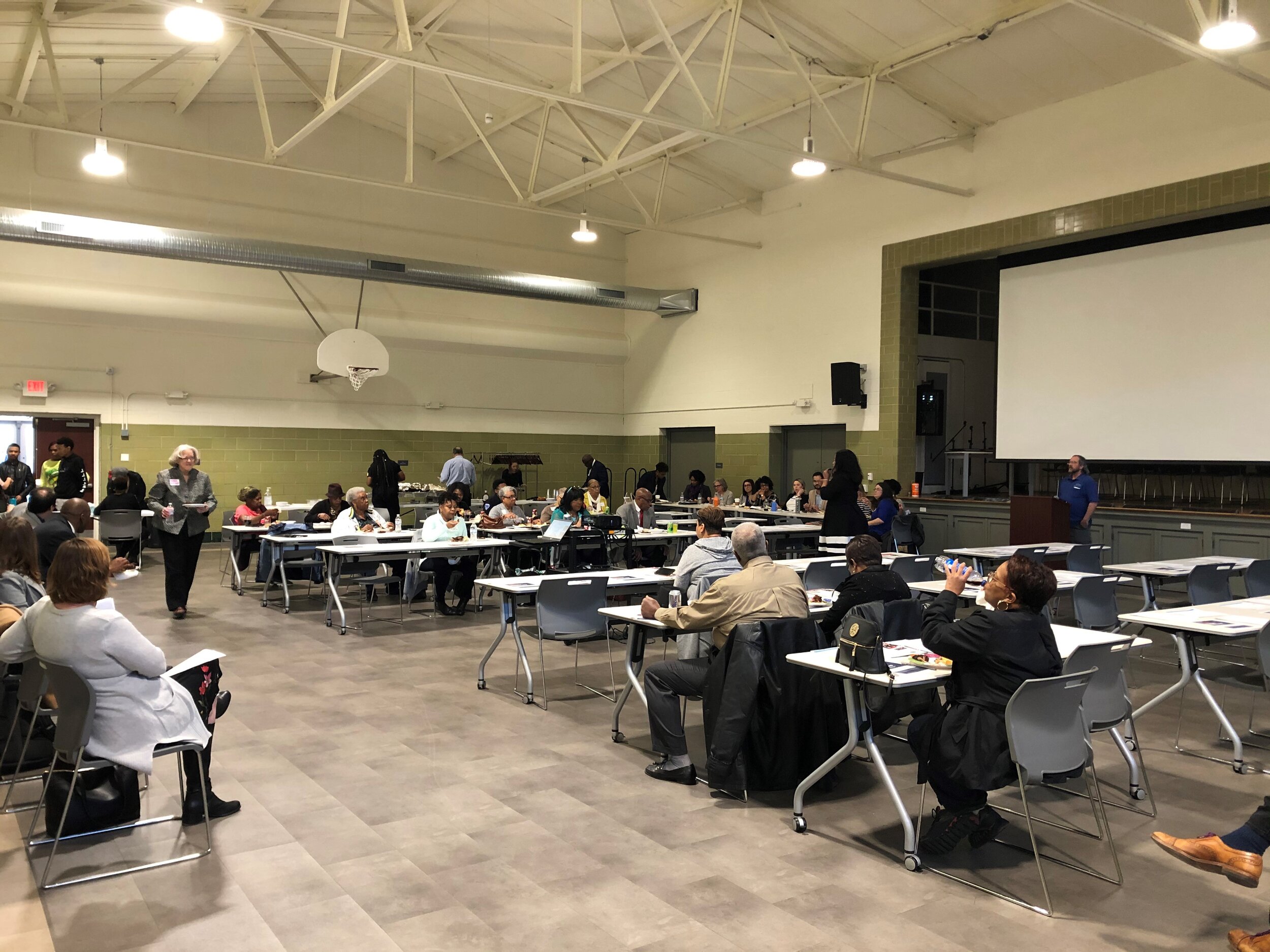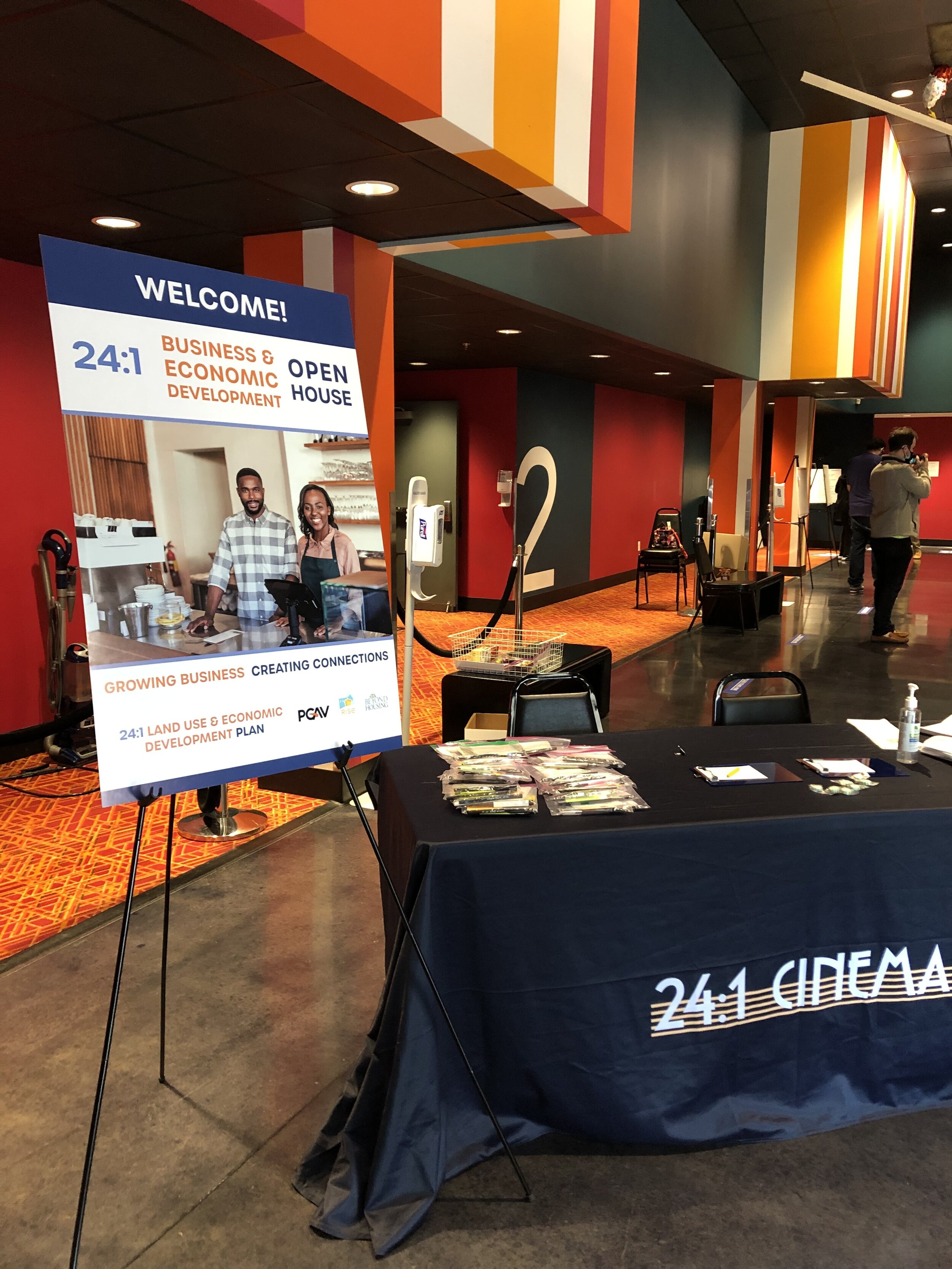COMPREHENSIVE LAND USE & ECONOMIC DEVELOPMENT PLAN
Client: Beyond Housing
Category: Land Use Planning, Economic Analysis, Community Engagement
In 2020, PGAV began work with the 24:1 Municipal Partnership, an initiative organized by Beyond Housing. A consortium of 23 municipalities in the North St. Louis County area, the Municipal Partnership works to facilitate collaboration among the member communities through communication, resource sharing, and education. Beyond Housing hired PGAV to lead a Land Use & Economic Development Plan for the area, working with all of the communities to create one shared vision.
The process began with an extensive data collection process to understand existing conditions on the ground in the 24:1 area. Home to over 40,000 residents on 13 square miles, the 24:1 area has a variety of land uses, municipal policies, regional assets, and challenges. Gathering an inventory of these was a crucial first step. PGAV also conducted a robust market analysis of the area to understand opportunities for additional business development, retail capacity, and visitation. This helped to inform the final recommendations related to land use and economic development. Working with a larger community that is made up of multiple municipal governments has highlighted the principle that planning should not be conducted in silos. There are many outside factors that can impact the economy of a place. Performing the Existing Conditions Analysis & Market Analysis without the lenses of silos allowed us to more clearly see the unique patterns and opportunities of this area to better inform next steps.
As part of this planning effort, PGAV worked with residents, business owners, Mayors, City Councils, and Beyond Housing staff to execute a robust engagement plan. The engagement included a Task Force led by several key mayors, presentations at Mayors Meetings, several large public events, and an Economic Opportunity Task Force of residents that met during the process.
The final document was presented to the Mayors in June of 2021 and will be adopted by the 23 municipalities in the coming months.

